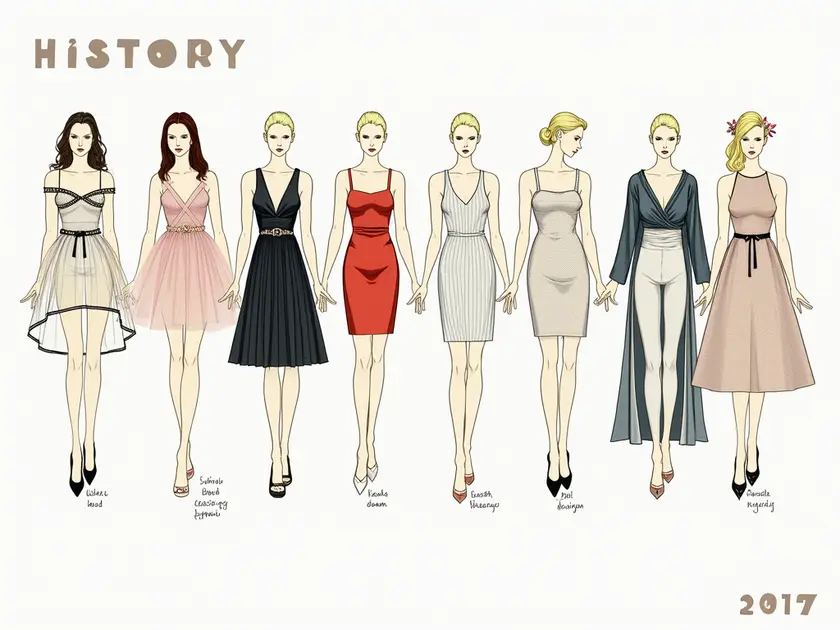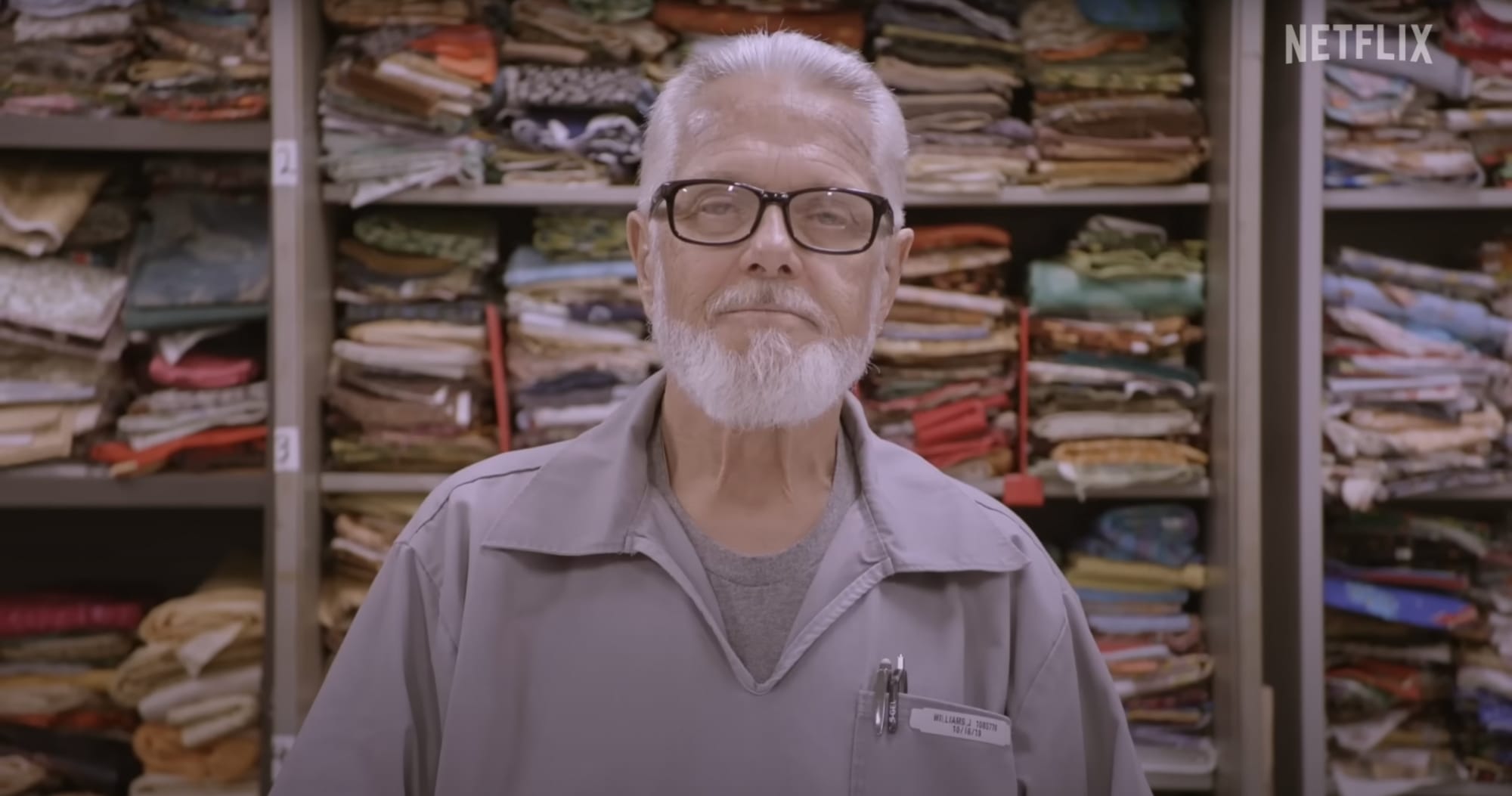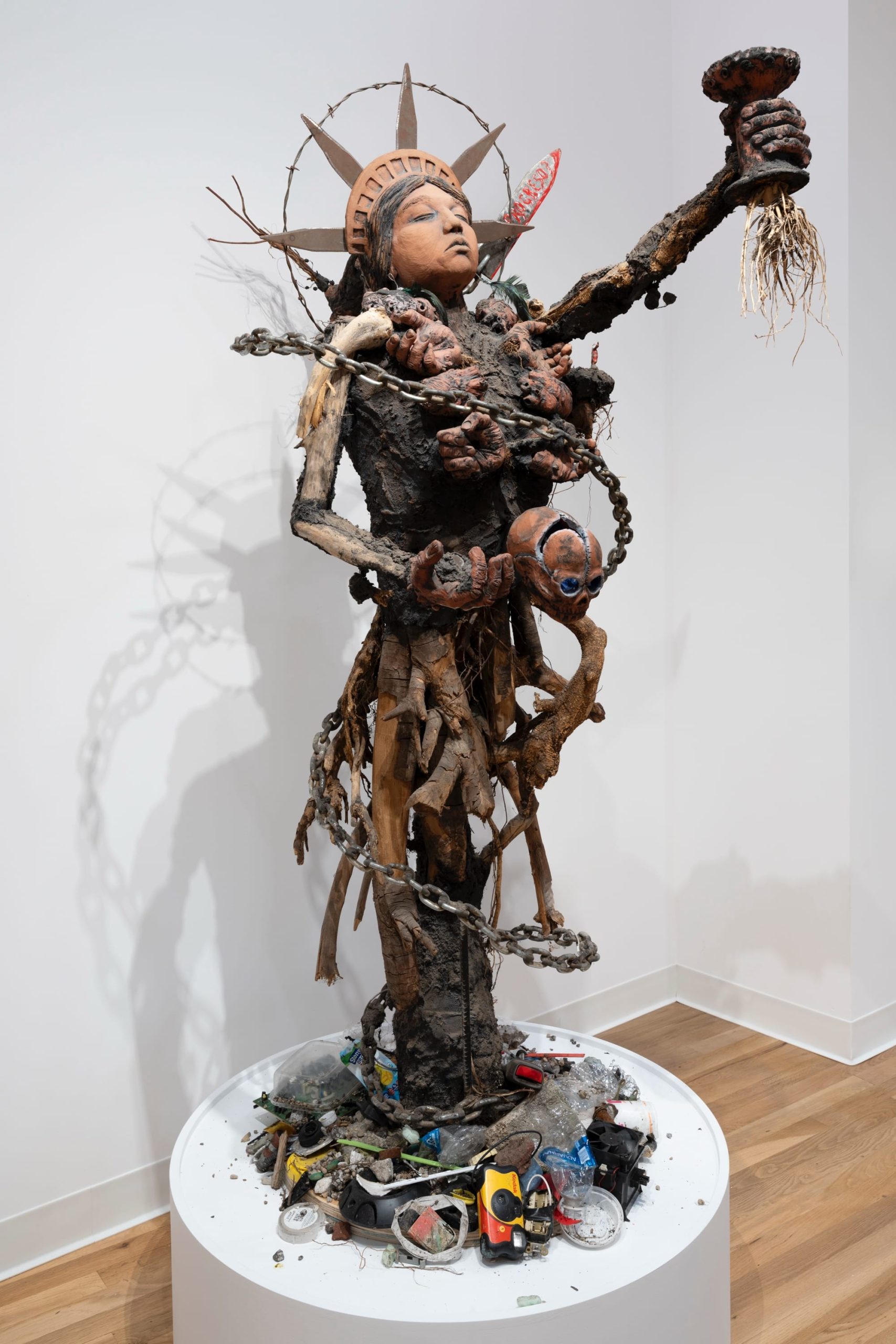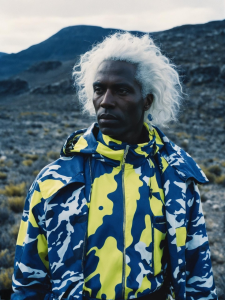Fashion has always been a reflection of society, continuously evolving and adapting to the ever-changing cultural landscape. The Evolution of Fashion Design: A Historical Perspective delves into the rich history of how clothing styles have transformed over the years, influenced by various factors such as technological advancements, social norms, and individual creativity.
Innovations in Clothing Materials and Techniques
Advancements in clothing materials and techniques have revolutionized the fashion industry, paving the way for sustainable and innovative designs.
1. Sustainable Fabrics
- Introduction of materials like organic cotton, hemp, and bamboo.
- Recycled fabrics made from plastic bottles and other post-consumer waste.
- Development of biodegradable textiles to reduce environmental impact.
2. Smart Textiles
- Integration of technology into fabrics for enhanced functionality.
- Smart textiles with features like temperature regulation and moisture-wicking properties.
- Usage of conductive threads for wearable technology in clothing.
3. 3D Printing
- Revolutionizing the production process by creating intricate designs with precision.
- Customization of clothing items based on individual preferences and measurements.
- Reduction of material waste compared to traditional manufacturing methods.
These innovations in clothing materials and techniques are shaping the future of fashion, emphasizing sustainability, functionality, and creativity.
Impact of Social and Cultural Changes on Fashion
Social and cultural changes have always played a significant role in shaping the fashion industry. These changes influence the way people dress, the colors and styles that are popular, and the overall trends that emerge.
1. Diversity and Inclusion
- Increased representation of diverse cultures in fashion
- Celebration of individuality and unique styles
- Breaking traditional fashion norms and stereotypes
2. Sustainability and Ethical Fashion
- Shift towards environmentally friendly practices
- Emphasis on fair labor practices and supply chain transparency
- Rise of sustainable fashion brands and initiatives
3. Technology and Social Media
- Instant access to fashion trends and inspiration
- Influencer culture and its impact on consumer behavior
- Virtual fashion shows and digital innovations
In conclusion, social and cultural changes continue to shape the fashion industry, driving innovation, diversity, and sustainability.
Revolutionizing Fashion through Iconic Designers
Iconic designers have played a pivotal role in shaping the fashion industry and setting new trends that have revolutionized the way we perceive style and clothing.
The Rise of Iconic Designers
- Iconic designers such as Coco Chanel, Yves Saint Laurent, and Alexander McQueen have left a lasting impact on the fashion world with their innovative designs and unique perspectives.
- These designers have challenged traditional norms and pushed boundaries, paving the way for new fashion movements and trends.
Innovative Design Concepts
- Iconic designers are known for their groundbreaking design concepts that have redefined the fashion landscape.
- From the little black dress to the pantsuit, these designers have introduced timeless pieces that continue to influence modern fashion.
Cultural and Social Influence
- Iconic designers often draw inspiration from various cultural and social influences, incorporating them into their designs.
- By reflecting societal changes and embracing diversity, these designers have brought about a shift in the fashion industry towards inclusivity and representation.
Overall, iconic designers have not only revolutionized fashion through their innovative designs but have also made significant contributions to shaping the cultural and social landscape of the industry.






